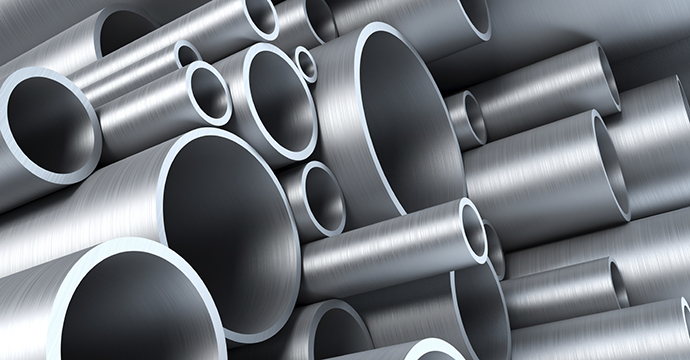Steel is an alloy of iron and carbon. Iron is found throughout the earth’s crust, strongly associated with oxygen and silica. Iron ore is an iron oxide mixed with fine sand. Carbon is also relatively abundant in nature and can be found in many forms. In the steel industry, coal is used, and in some cases, charcoal.
Coal plays a double role in steelmaking. As a fuel, it allows reaching the high temperatures (about 1,500º Celsius) necessary for the smelting of the ore. It is associated with the ore’s oxygen at high temperatures, leaving the iron-free as a reducer. Removing oxygen from iron to bind to carbon is called reduction and takes place within a piece of equipment called a blast furnace.
Before being taken to the blast furnace, the ore and coal are previously prepared to improve the yield and economy of the process. The ore is transformed into pellets, and the coal is distilled to obtain coke, which also produces carbochemical by-products.
In the reduction process, iron liquefies and is called pig iron or first-melting iron. Impurities such as limestone, silica, etc., form the slag, which is the raw material for cement manufacturing.
The next step in the process is refining. The pig iron is taken to the melt shop, still in a liquid state, transformed into steel by burning impurities and additions. Steel refining takes place in oxygen or electric furnaces.
Finally, the third classic phase of the steelmaking process is rolling. In a solidification process, the steel is mechanically deformed and transformed into steel products used by the transformation industry, such as thick and thin plates, coils, rebars, wires, profiles, bars, etc.
With the evolution of technology, the reduction, refining, and rolling phases are being reduced over time, ensuring more incredible speed in production.
Steel mills around the world are classified according to their production process:
- Integrated – which operates the three primary phases: reduction, refining, and lamination; participate in the entire production process and produce steel.
- Semi-integrated – which operates in two phases: refining and lamination. These plants use pig iron, sponge iron, or metallic scrap acquired from third parties to transform them into steel in electric steelworks and their subsequent lamination.
In addition, due to the products that predominate in their production lines, the plants can also be classified as follows:
– Of semi-finished products (plates, blocks, and billets)
– Of flat carbon steels (plates and coils)
– Of special/alloyed flat steels (plates and coils)
– Of long carbon steels (bars, profiles, wire rod, rebar, wires, and seamless tubes)
– Of special long/alloyed steels (bars, wire rod, wires, and seamless tubes)
– There are also production units called non-integrated, which operate in only one phase: processing (rolling or drawing) or reduction.
The waste can be sold by checking the price at scrap catalytic converter prices.


